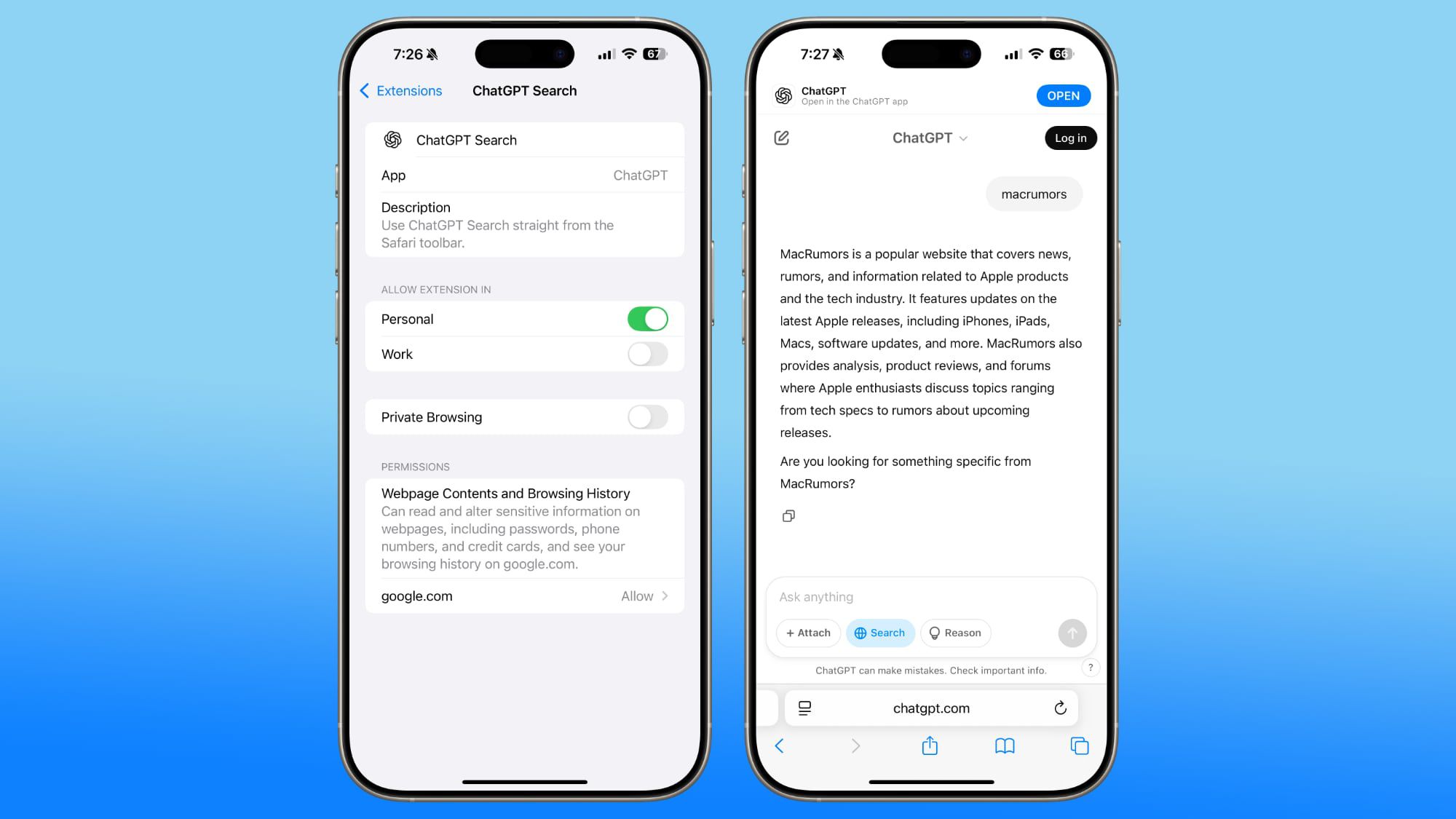Stock story –
What happened?
Shares of customer relationship management software maker Salesforce (NYSE:CRM) rose 13.4% in the morning session after the company reported third-quarter results that beat analyst revenue and revised down operating income expectations. On the other hand, earnings per share and some revenue growth indicators, including billings and remaining performance obligations (RPO), fell slightly below consensus estimates as products like Tableau, MuleSoft and Slack showed some weaknesses. Despite the mixed revenue performance, CRM recorded double-digit growth in the Sales and Service Cloud segments, which is encouraging.
However, the highlight of the quarter is the commendable progress in AI. Agentforce, the company’s AI offering, went into production this quarter and the company has already delivered 200 deals.
Agentforce functions as a dynamic network of AI peers: agents working with humans to manage diverse customer needs, while allowing employees to focus on more productive tasks. To illustrate its potential, the company shared an example of a client who deployed more than 10,000 agents in just three days.
In addition to Agentforce, the company’s broader AI initiatives saw notable growth. CRM signed more than 2,000 AI-related deals this quarter, with the number of contracts valued at over $1 million more than tripling year-over-year.
These developments helped the market overlook slightly disappointing sales and earnings expectations, which came in below Wall Street expectations for the next quarter.
The stock’s positive response reflects growing investor confidence in the transformative potential of the AI market for software companies. It also underlined the determination needed to avoid missing the forest for the trees for those jumping on the AI bandwagon.
Is Now the Time to Buy Salesforce? Find out by reading the original article on StockStory, it’s free.
What the market tells us
Salesforce stock isn’t very volatile, having only had six moves above 5% in the past year. Such big moves are rare for Salesforce and indicate that this news has had a significant impact on the market’s perception of the company.
The biggest move we wrote about in the past year came six months ago, when shares fell 20.2% on news that the company reported first-quarter earnings results with key revenue metrics, including revenue and billings, coming in below expectations. The company experienced weaker bookings this quarter due to longer deal cycles, deal compression and a high degree of budgetary scrutiny. It reported continued pressure in professional services and also noted some volatility in the licensing segment.
Looking ahead, management expects the purchasing behavior measured in the first quarter to continue throughout the fiscal year, indicating a challenging sales environment.
As a result, the company provided a revenue guidance for the next quarter, which fell short of analyst expectations. Expectations for full-year subscription revenue were also lowered. While the company maintained its full-year revenue guidance, the expected growth rate of 8% to 9% is relatively modest compared to previous years.
Finally, the company expects stock-based compensation to be slightly above 8% of revenue, a modest increase from previous expectations.
Overall, this was a bad quarter for Salesforce, as investors are likely to temper their optimism after weak performance and expectations.
Salesforce is up 41.1% since the start of the year, hitting a new 52-week high of $361.28 per share. Investors who bought $1,000 worth of Salesforce stock five years ago would now be looking at an investment worth $2,309.










